I explain what QLED is and advise on how to choose a good-quality TV that uses this quantum dot technology.
So-called premium TVs are often advertised using technologies that cannot be found in the cheapest or extensive mid-range devices. It is these technologies that make such devices unique.
For several years, QLED TVs have been advertised in this way, promising high image quality and an enhanced viewing experience for films and games. The problem is that few people know what a QLED panel is. Many people cannot distinguish this technology from OLED panels, which are also popular among buyers with a slightly larger budget.
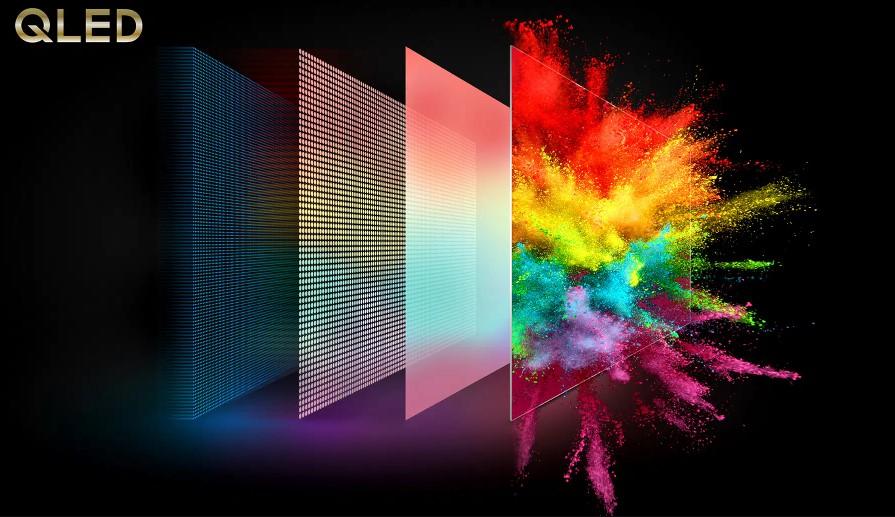
That is why I decided to explain in detail what a QLED TV is, what solutions it uses, and how it can delight users. I will also explain the difference between QLED and OLED.
What is QLED
First, it should be noted that QLED technology is an extension of LCD panel technology.
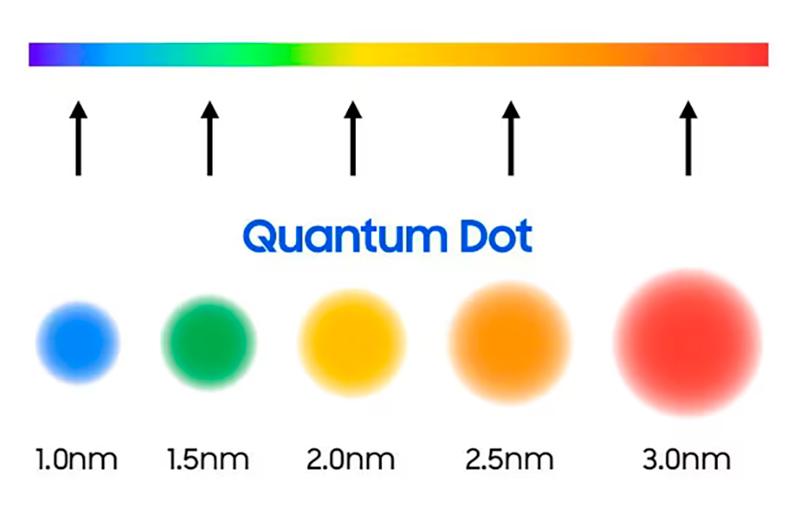
It uses so-called quantum dots (spots), Quantum Dot LED, i.e., microscopic crystals that are installed between colour filters and the screen backlight.
Blue LED light passes through them and is converted into two other colours – green and red. This technology enables the adjustment of wavelengths, resulting in improved image parameters. It is important to note that QLED is a registered brand of Samsung, which is responsible for developing the system.
QLED technology in TVs
As already mentioned, QLED TVs use green and red dots that convert blue light emitted from the matrix backlight.
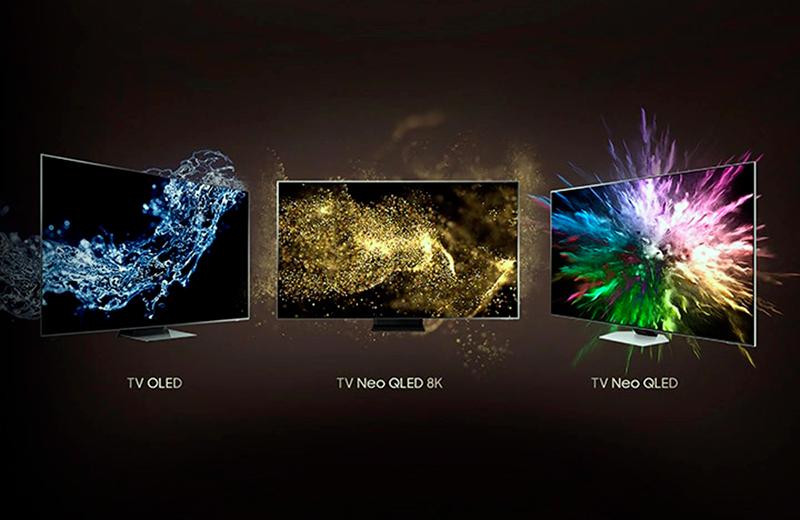
Importantly, the mixture of these dots is placed in a special QDEF foil. This, in turn, is located in front of the light guide responsible for distributing the blue light. The resulting light is filtered by colour filters, which are also used in traditional LCD screens.
The use of QLED technology means that the light created in this way generates accurate RGB components, which guarantees much more effective filtering than with older technologies.
With Samsung's QLED TV technology, end users can expect immaculate and bright colours that significantly expand the supported colour palette. This directly affects the quality of the image produced, making it more realistic.
The effect achieved by quantum dots is enhanced by the fact that QLED technology is supported by 4K and 8K TVs. The combination of the high resolution of the system in question and a host of other features that improve the parameters of the matrix creates a realistic, rich image that guarantees an experience that cannot be achieved with conventional LCD or LED TVs.
QLED matrices are recommended for fans of the latest films and TV series (available in 4K), as well as gamers with the newest game consoles (PS5 and Xbox One). Samsung QLED matrices are also used in TVs from companies such as Hisense and TCL. Therefore, there is a wide variety of equipment available on the market – when choosing, you should pay attention not only to the number of pixels, but also to several other features and parameters that also affect the quality of the image and ease of use.
What to consider when choosing a TV
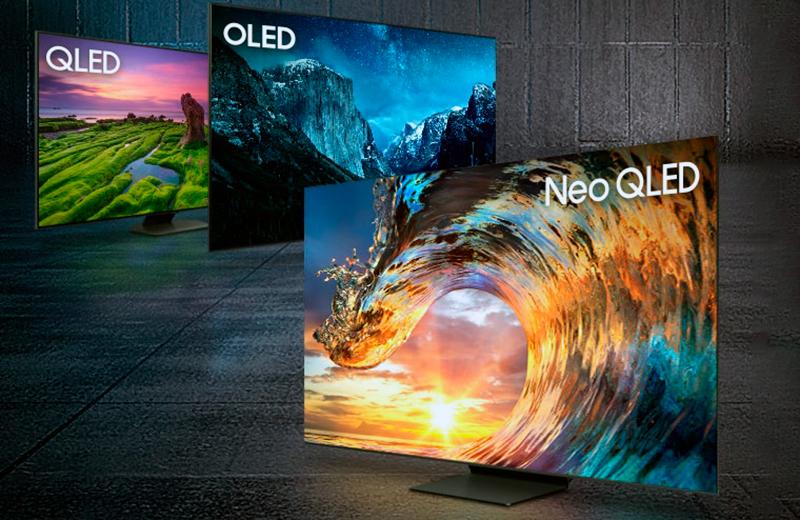
- Picture Quality Index (PQI) – This coefficient tells us about the quality of the image when displaying dynamic scenes. It is directly related to resolution, contrast, brightness, and noise reduction, so the higher the better.
- Resolution – as we have already mentioned, all QLED TVs work with 4K or 8K resolution (the latest models), so we can be confident in the picture quality in this regard.
- Image diagonal — QLED TV matrices must be of a decent size, otherwise the use of quantum dots does not make sense. Questions often arise on the Internet about how many inches a QLED TV should be to provide a high viewing comfort. The smallest QLED TVs have a diagonal of 49 inches. The most commonly produced models are 55 inches. As for the largest TVs, their diagonal can reach 100 inches.
When choosing a QLED TV, we must consider the distance at which we will be using it. For a 55-inch TV, the minimum distance is 2.1 metres and the maximum is 3.9 metres. When adding 10 inches, these values increase to 2.5 metres and 4.95 metres.
What else to consider when choosing
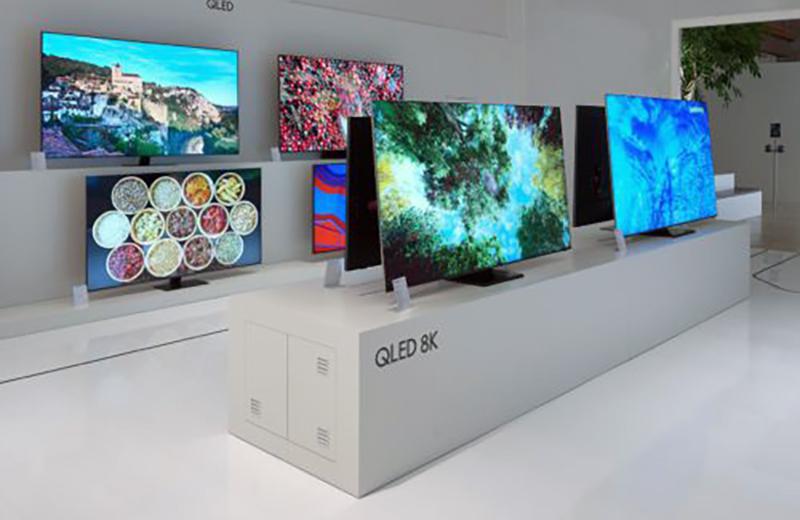
- Q technology — it is worth noting that most of the specifications in Samsung devices include the letter Q, which is why we see names such as Q Colour, Q Contrast, Q Viewing Angle, and HDR. These are adapted to the quantum dots used and therefore ensure high quality.
- If you want to connect a game console to your TV, you should look for models that support Q HDR — this technology guarantees a very dynamic image and excellent support for bright colours. Samsung TVs often feature a variety of other technologies.
- Operating system. QLED devices are Smart TV models that use software developed by Samsung. This means that various apps can be installed on the TV, such as streaming apps (Netflix, HBO, Spotify, etc.).
- Extras and design — you can find both skinny QLED TVs (somewhat resembling paintings or mirrors) and curved designs, which are a good solution when using the device alone or with a maximum of two people. A curved TV is convenient when sitting directly in front of the screen. As for accessories, you can count on a modern remote control, Wi-Fi, Bluetooth, DVB-T tuners, and a large number of connectors and ports.
When analysing individual devices, it is also worth considering the backlighting offered (edge lighting in cheaper models and full lighting in more expensive ones), maximum contrast, TV matrix, and even viewing angles. I think various reviews and tests of the equipment will also be helpful when making your choice.
How QLED differs from OLED
Due to the names of these technologies, some may think that they are the same thing. However, they are actually entirely different.
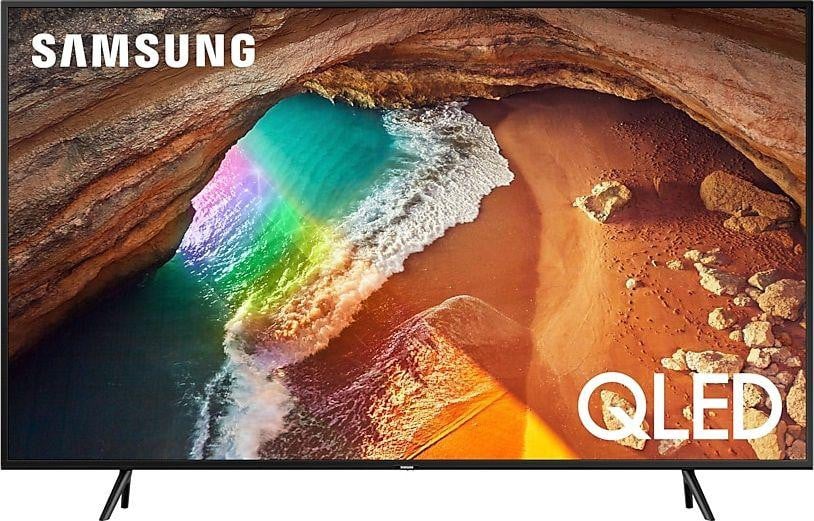
In the case of OLED (Organic Light Emitting Diode), it is an electroluminescent diode made from organic compounds (polymers).
This allows them to generate light independently, without the need for additional backlighting, as is the case with QLED. This allows for a brightness of 600-800 nits. This is undoubtedly a good result, but QLED provides brightness of up to 4000 nits.
Which to choose — QLED or OLED
It all depends on what matters most to you. QLED TVs offer higher brightness, especially when using HDR technology, which produces more vivid colours. On the other hand, OLED TVs deliver deeper blacks, higher contrast, uniform whites, and a slightly smoother picture.
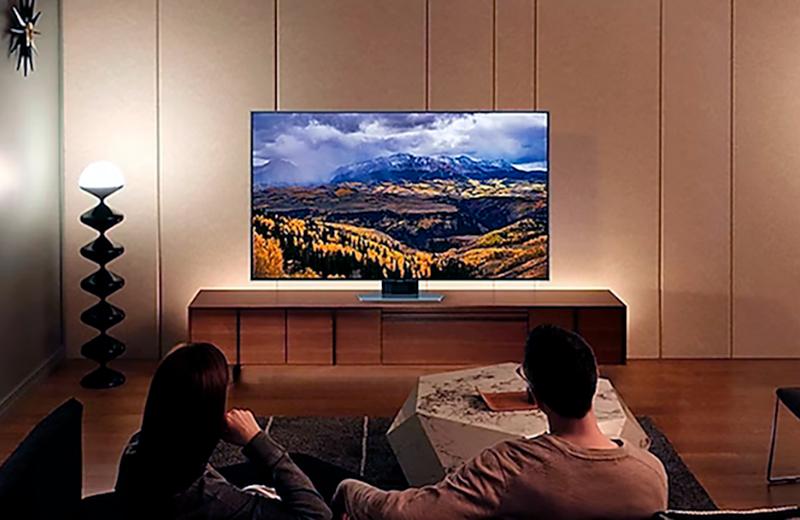
It should be noted that OLED matrices are generally more expensive, which naturally affects the price of televisions.
The cheapest televisions with OLED technology cost around $1459, while QLED models can be purchased for $531-$590
Is it worth buying a QLED TV?
We already know what OLED technology is and how to choose the right equipment for your needs.
Now let's think about whether it's really worth buying Samsung QLED TVs (or those from other manufacturers). Opinions about this technology are primarily favorable. The use of quantum dots has allowed us to overcome most of the problems faced by LCD screens.
Users emphasise above all the extensive colour gamut supported by the devices.
Importantly, screens of this type are capable of displaying very bright images, making them perfectly compatible with HDR technology.
This affects the display quality of dynamic scenes. They are incredibly smooth, which is clearly noticeable in games without lag. QLED TVs also support high resolutions (4K and 8K) and all image processing standards.
Buying a QLED TV guarantees high aesthetics and excellent performance. Additionally, prices are constantly falling, and there are often promotions or sales on QLED TVs. All this makes it worthwhile to take a closer look.
So what is QLED? It is a technology that will make watching TV even more enjoyable.
Read my articles
https://stattya.com/hd-vs-full-hd-vs-4k-tv-screen-resolution-differences-how-to-choose-249
https://stattya.com/what-is-iso-in-a-camera-a-complete-guide-to-perfect-photos-200
https://stattya.com/what-is-hdr-in-tvs-a-complete-guide-to-high-dynamic-range-technology-205
https://stattya.com/tv-calibration-what-it-is-and-how-to-do-it-yourself-235
https://stattya.com/nfc-what-is-it-and-how-do-you-use-it-652

You must be logged in to post a comment.